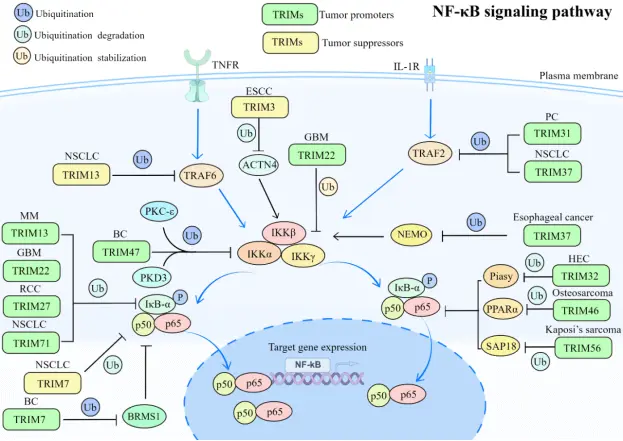Open Access
Journal Article
Bimetallic phosphidethe nanoparticles as photo-enhanced nanozymes for synergistic cancer immunotherapy
by
Xingru Zhao
CI 2024 3(3):39; 10.58567/ci03030001 - 15 September 2024
Abstract
Nanozyme with biomimetic enzyme activity has the advantages of good catalytic performance, high stability, and is not easily affected by temperature. However, the application of tumor microenvironment (TME) in the tumor is limited due to its low catalytic activity. Herein, a multifunctional nanozyme based on CuCoP with multivalent metal ions (Cu+/Cu2+ and Co2+/ Co3+) provides a
[...] Read more
Nanozyme with biomimetic enzyme activity has the advantages of good catalytic performance, high stability, and is not easily affected by temperature. However, the application of tumor microenvironment (TME) in the tumor is limited due to its low catalytic activity. Herein, a multifunctional nanozyme based on CuCoP with multivalent metal ions (Cu+/Cu2+ and Co2+/ Co3+) provides an innovative strategy for constructing acid-responsive cancer therapy. CuCoP has excellent photothermal properties (photothermal conversion efficiency of 66.9%) as well as glutathione (GSH) peroxidase activity and high photo-enhanced peroxidase-like (POD) enzyme activity in weak acid TME. CuCoP can consume the overexpressed GSH, thus alleviating the antioxidant capacity of the tumor, and reduces Cu2+/ Co3+ to Cu+/ Co 2+. Subsequently, the generated Cu+/Co2+ will react with endogenous H2O2 to generate cytotoxic hydroxyl radical (•OH), which have high catalytic efficiency in weakly acidic TME. Crucially, the synergistic effect of PTT and the cascade reaction of bimetallic atoms with GSH and H2O2 can effectively reduce antioxidant capacity, inhibit tumors and trigger effective immune cell death (ICD) process, which caused a strong immune response and inhibit tumor recurrence and metastasis. As a novel bimetallic sulfide nanoenzyme triggered by TME, CuCoP has great research value in cancer therapy.




